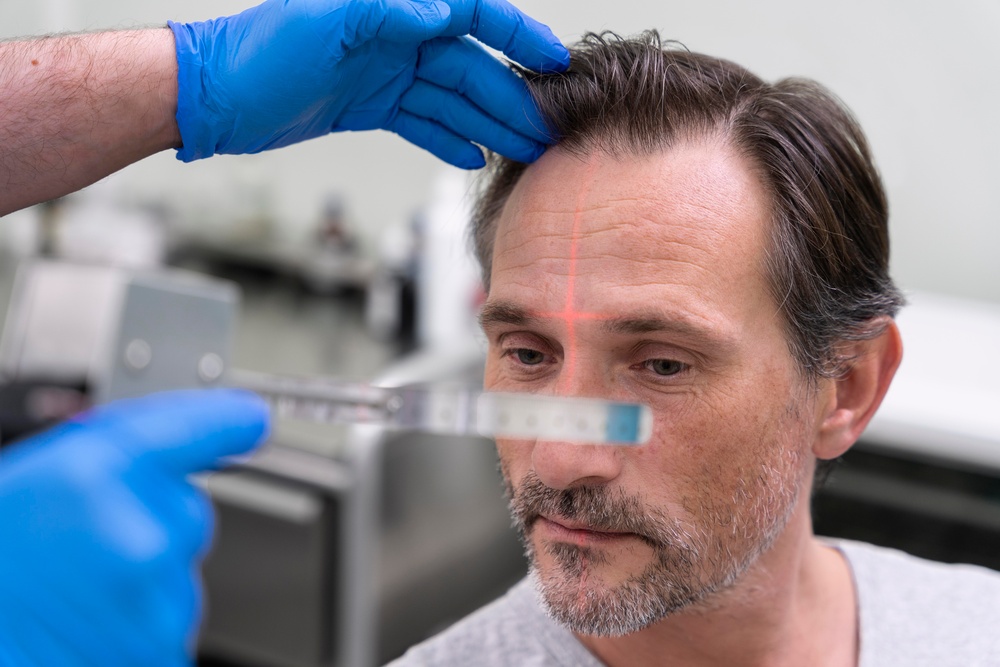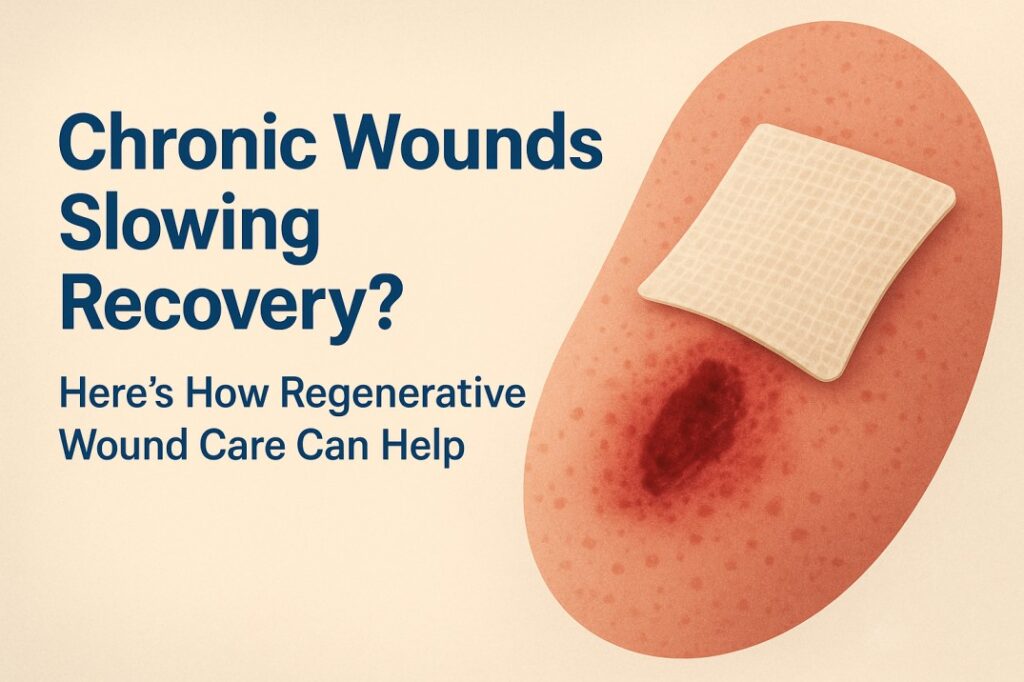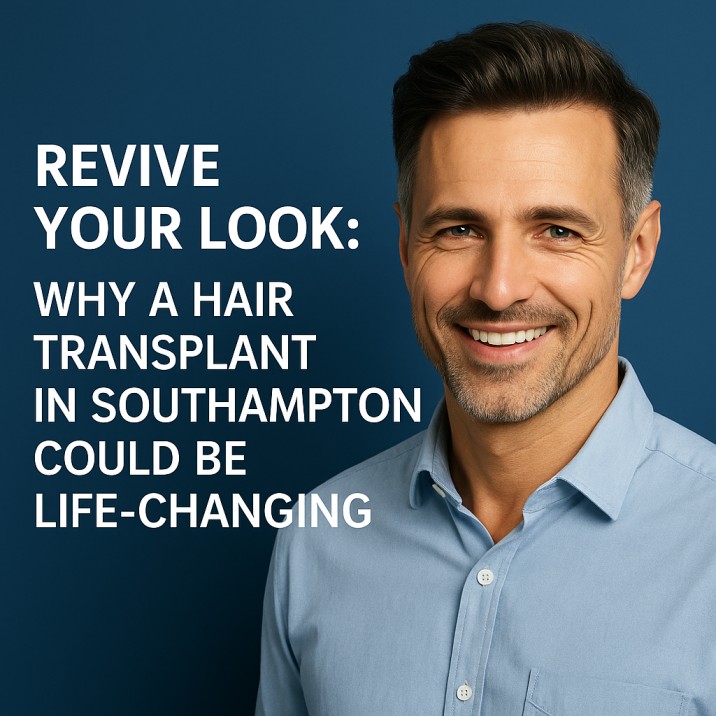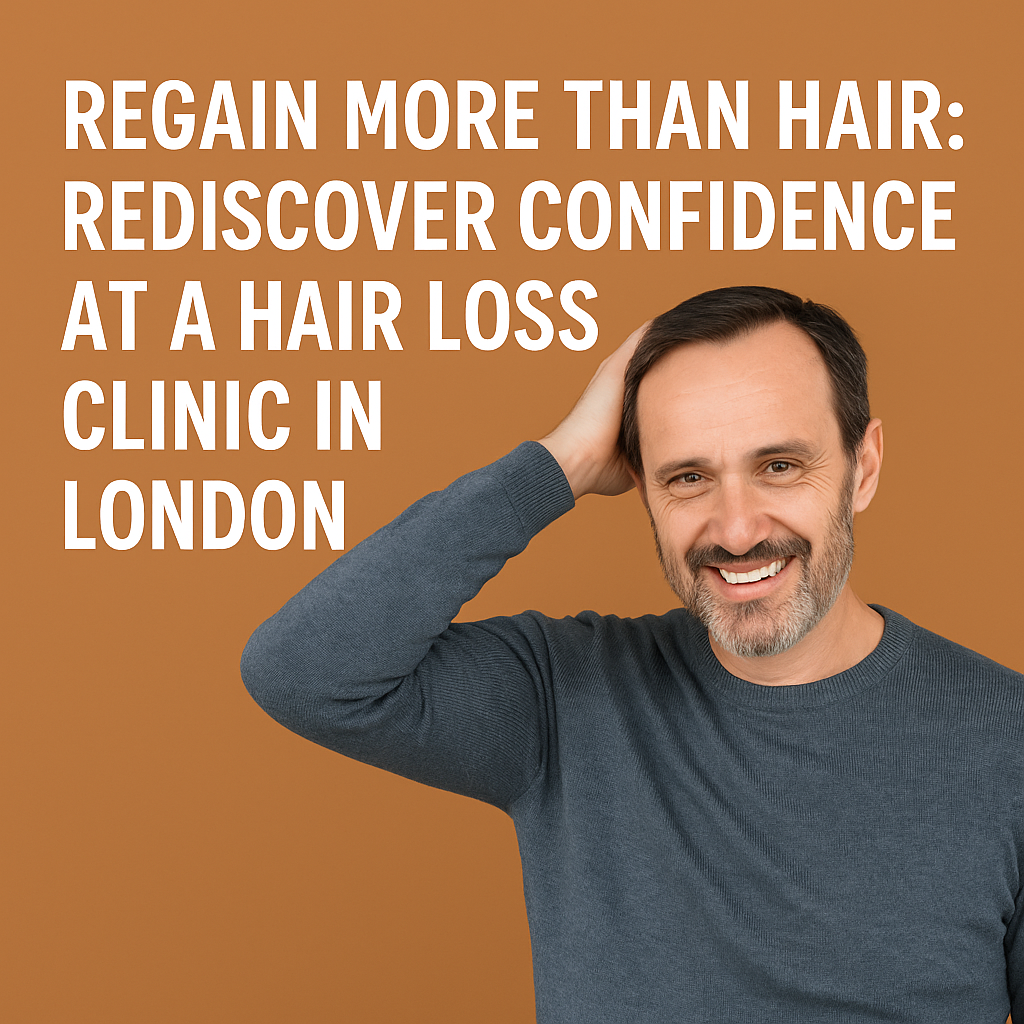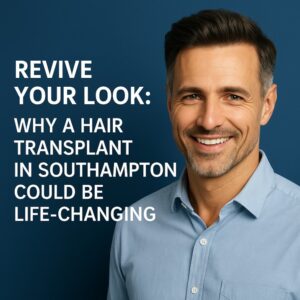Hair loss is a common concern for both men and women. Whether it’s caused by genetics, stress, or age, the impact it has on a person’s confidence and appearance is undeniable. While hair loss treatments have been available for decades, advances in both surgical and non-surgical options have given individuals more choices than ever before. In this article, we’ll explore the key differences between non-surgical hair restoration and hair transplants, including FUE Hair Transplant London, Beard Transplant, and Eyebrow Transplant, to help you determine which is the best option for you.
Understanding Non-Surgical Hair Restoration
Non-surgical hair restoration refers to a range of treatments aimed at improving hair growth without the need for invasive surgery. These treatments can vary from topical solutions and medications to advanced therapies like platelet-rich plasma (PRP) and low-level laser therapy (LLLT). Non-surgical treatments are often favored by individuals who are looking for temporary solutions or those who are not yet ready to commit to a more permanent procedure.
Key Benefits of Non-Surgical Hair Restoration
- Minimally Invasive: Since there are no incisions or stitches involved, non-surgical hair restoration typically requires little to no downtime. This makes it ideal for those with busy lifestyles.
- Less Expensive: Compared to surgical alternatives like FUE Hair Transplant London, non-surgical options tend to be more affordable.
- Quick Results: While non-surgical methods may not deliver instant results, they can help improve the thickness and health of your hair over time.
- Safety: These treatments are generally safe and well-tolerated, with few side effects.
Common non-surgical treatments include:
- Hair Growth Medications: These can include FDA-approved treatments like minoxidil (Rogaine) and finasteride (Propecia), which are used to slow hair loss and stimulate regrowth.
- Platelet-Rich Plasma (PRP) Therapy: PRP uses your blood platelets to stimulate hair growth, promoting healthier, stronger hair follicles.
- Low-Level Laser Therapy (LLLT): This method uses red light to stimulate the scalp and promote hair regrowth.
While these treatments can be effective, the results may vary from person to person, and they typically require ongoing maintenance.
Understanding Hair Transplants
Hair transplants, on the other hand, are a more permanent solution to hair loss. They involve surgically removing hair follicles from one area of the scalp (typically the back or sides) and transplanting them to a thinning or bald area. There are two main types of hair transplants: FUE (Follicular Unit Extraction) and FUT (Follicular Unit Transplantation).
Key Benefits of Hair Transplants
- Permanent Solution: One of the biggest advantages of hair transplants is that they provide a permanent solution to hair loss. Once the transplanted follicles establish themselves in the recipient area, they will continue to grow for a lifetime.
- Natural Results: With modern techniques, hair transplants can deliver natural-looking results, blending seamlessly with your existing hair.
- Minimal Maintenance: Unlike non-surgical treatments that require ongoing use, a hair transplant requires little maintenance once the transplanted follicles have fully settled.
- Treats Larger Areas: For those with significant hair loss, hair transplants are often the best option as they can cover larger bald areas that non-surgical treatments may not be able to address effectively.
Types of Hair Transplants
- FUE Hair Transplant London: This minimally invasive technique involves extracting individual hair follicles and transplanting them into the thinning or bald areas. FUE leaves no visible scars and requires minimal downtime.
- FUT Hair Transplant: This method involves removing a strip of skin from the donor area and transplanting the follicles into the recipient area. While it may leave a linear scar, it can be more cost-effective for larger transplant areas.
Both FUE and FUT offer permanent, natural-looking results. The choice between the two will depend on your hair restoration goals and the advice of your surgeon.
Which Option is Right for You?
Deciding between non-surgical hair restoration and a hair transplant depends on several factors, including the extent of your hair loss, budget, lifestyle, and personal preferences. Here are some things to consider when making your decision:
1. Extent of Hair Loss
If your hair loss is in its early stages and you’re only experiencing thinning, non-surgical methods like hair growth medications or PRP therapy may be enough to restore volume and slow further loss. However, if you’re dealing with significant bald patches, a Hair transplant UKmight be a better option for long-lasting results.
2. Budget and Affordability
Non-surgical options tend to be more affordable upfront, but keep in mind that they often require ongoing treatments, which can add up over time. A Beard Transplant or Eyebrow Transplant might involve a higher initial cost but can provide permanent results with a one-time procedure.
3. Long-Term Commitment
If you’re ready for a permanent solution and are looking for minimal maintenance, a hair transplant UK could be the right choice. On the other hand, non-surgical methods may require regular visits and maintenance to maintain results.
4. Lifestyle and Convenience
If you have a busy schedule and need something with minimal downtime, non-surgical hair restoration might be more convenient. Surgical hair transplants, while effective, require a recovery period and can involve more discomfort during the healing process.
Combining Non-Surgical Treatments and Hair Transplants
In some cases, patients may benefit from combining non-surgical treatments with hair transplants. For example, using low-level laser therapy (LLLT) alongside a Beard Transplant can stimulate follicle growth, making the results even more effective. A FUE Hair Transplant London combined with PRP therapy can also help improve the overall health of the scalp and ensure the transplanted hair grows well.
Final Thoughts
When it comes to tackling hair loss, there is no one-size-fits-all solution. Whether you choose non-surgical hair restoration or opt for a more permanent Hair transplant UK procedure, it’s important to consult with a qualified professional to understand your options and decide what’s best for your unique needs. Both options have their benefits and drawbacks, and the right choice will depend on your personal goals, budget, and lifestyle.
Whether you’re considering a Beard Transplant, Eyebrow Transplant, or a FUE Hair Transplant London, taking the time to research and understand all available options will help you make an informed decision and ultimately achieve the best possible results.

